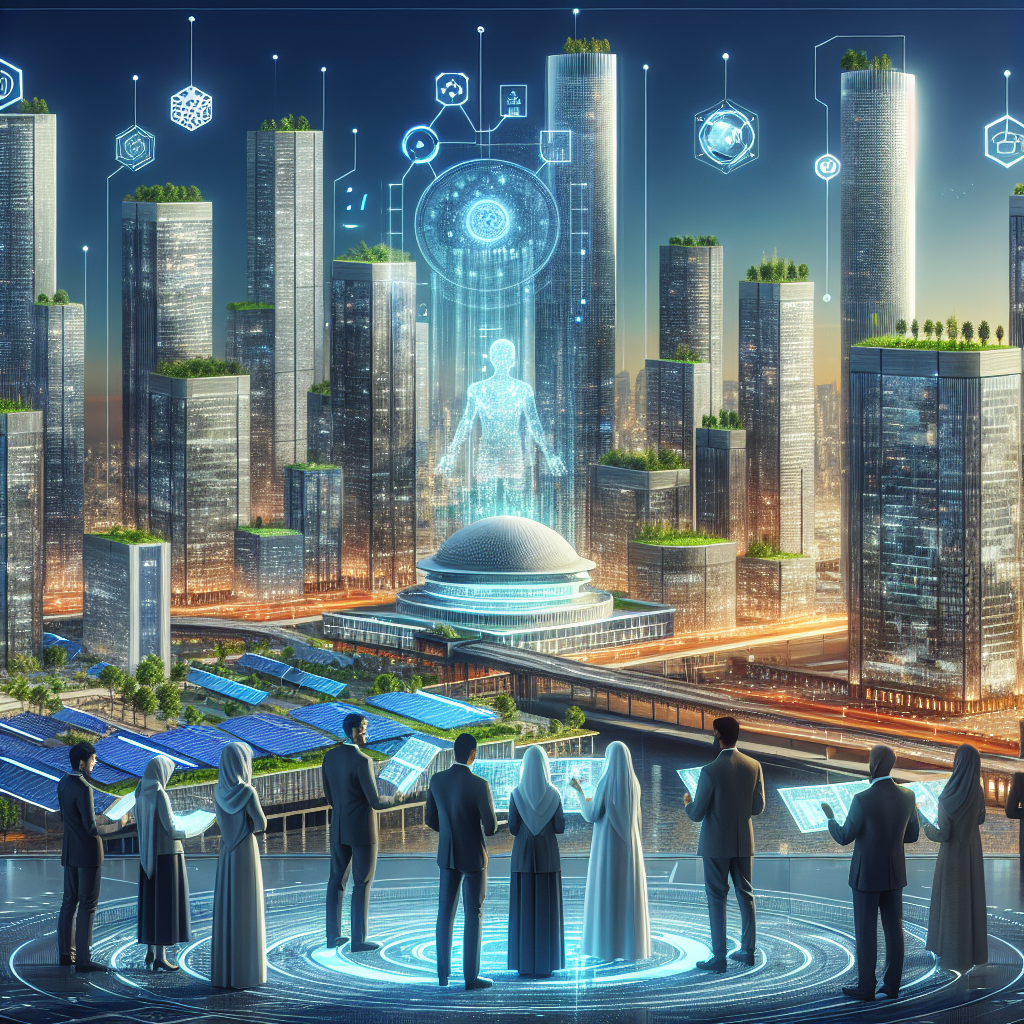Artificial Intelligence (AI) has been making its mark in various industries, and architecture is no exception. With the help of AI, architects are redefining the concept of community by creating innovative and sustainable designs that cater to the needs of the people living in them. From smart buildings to data-driven urban planning, AI is revolutionizing the way we think about architecture and its impact on society.
One of the key ways in which AI is changing the field of architecture is through the use of generative design. Generative design is a process in which architects input parameters such as building materials, budget constraints, and environmental considerations into a computer program, which then generates multiple design options based on these inputs. This allows architects to explore a wider range of design possibilities than would be possible through traditional methods, leading to more creative and efficient solutions.
AI is also being used to optimize building performance and energy efficiency. By analyzing data on factors such as sunlight exposure, airflow, and occupant behavior, AI can help architects design buildings that are not only aesthetically pleasing but also environmentally friendly. For example, AI can be used to predict how changes in the design of a building will affect its energy consumption, allowing architects to make informed decisions about which design features will be most effective in reducing energy usage.
In addition to improving the design and performance of individual buildings, AI is also being used to inform urban planning decisions on a larger scale. By analyzing data on factors such as population density, traffic patterns, and air quality, AI can help city planners make more informed decisions about how to design and develop urban spaces. This can lead to more efficient transportation systems, better access to public amenities, and a higher quality of life for residents.
AI is also being used to create smart buildings that can adapt to the needs of their occupants in real time. By integrating sensors and IoT devices into building systems, architects can create buildings that can adjust their lighting, heating, and ventilation systems based on factors such as occupancy levels and weather conditions. This not only improves the comfort and well-being of building occupants but also reduces energy consumption and operating costs.
Overall, AI is redefining the concept of community in architecture by enabling architects to create more sustainable, efficient, and user-centric designs. By harnessing the power of AI, architects are able to push the boundaries of what is possible in architecture and create spaces that are truly tailored to the needs and desires of the people who inhabit them.
FAQs:
Q: How is AI being used in the field of architecture?
A: AI is being used in architecture in a variety of ways, including generative design, building performance optimization, urban planning, and smart building technology.
Q: What are the benefits of using AI in architecture?
A: The benefits of using AI in architecture include more creative and efficient design solutions, improved building performance and energy efficiency, better urban planning decisions, and the ability to create smart buildings that adapt to the needs of their occupants.
Q: How does AI impact the concept of community in architecture?
A: AI is redefining the concept of community in architecture by enabling architects to create more sustainable, efficient, and user-centric designs that cater to the needs of the people living in them.
Q: What are some examples of AI in architecture?
A: Examples of AI in architecture include generative design software, building energy simulation tools, data-driven urban planning platforms, and smart building technology that adapts to the needs of occupants in real time.

